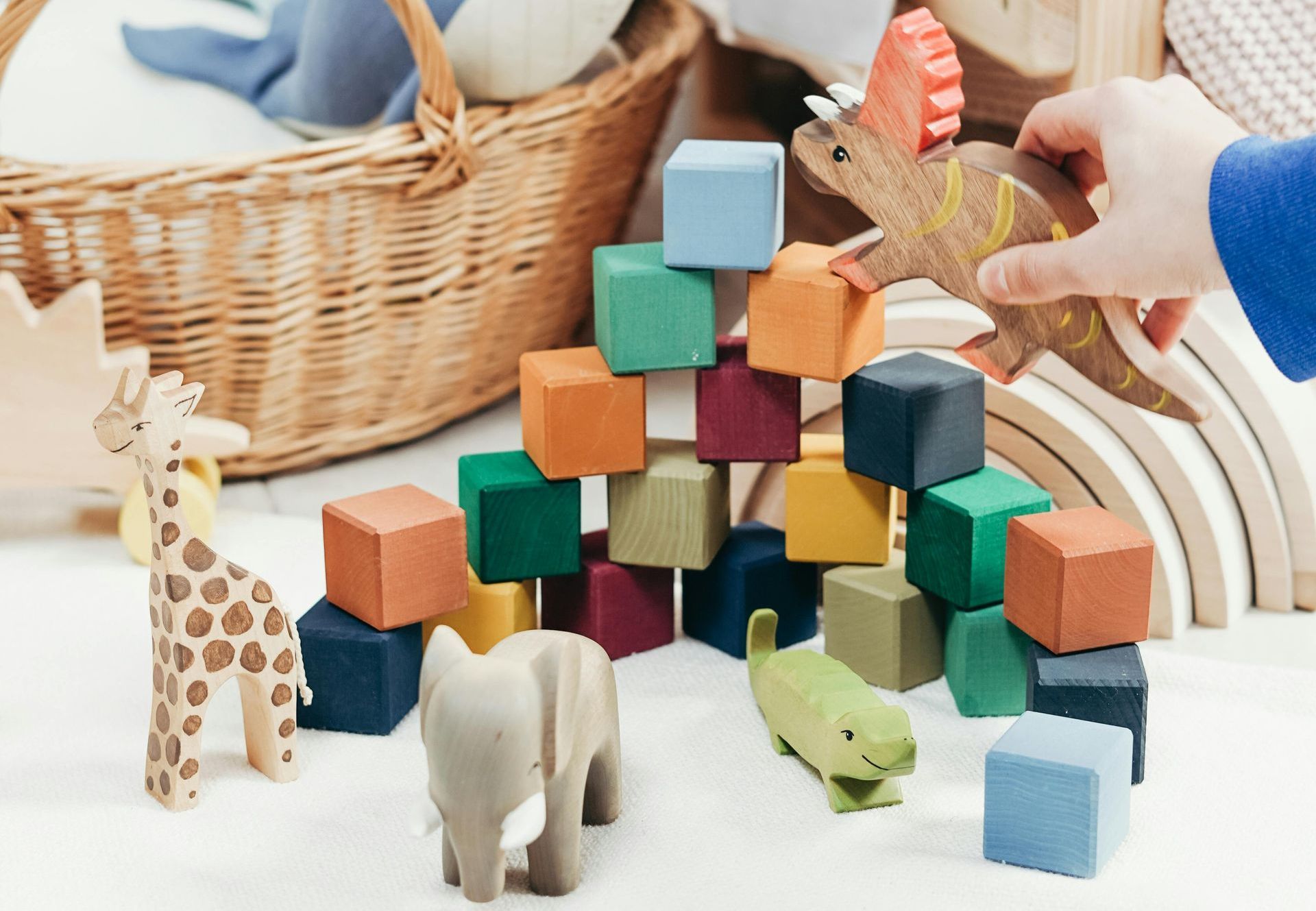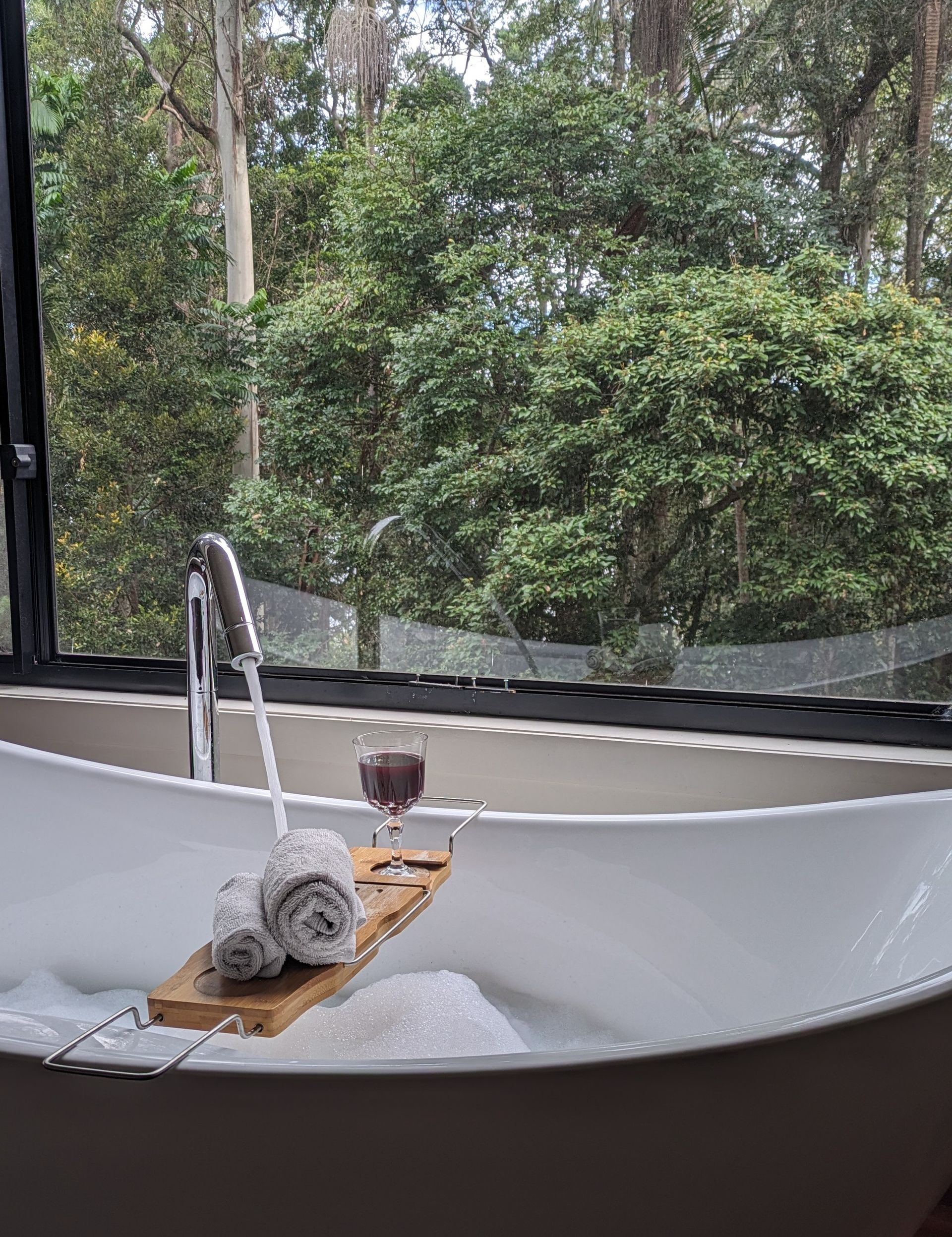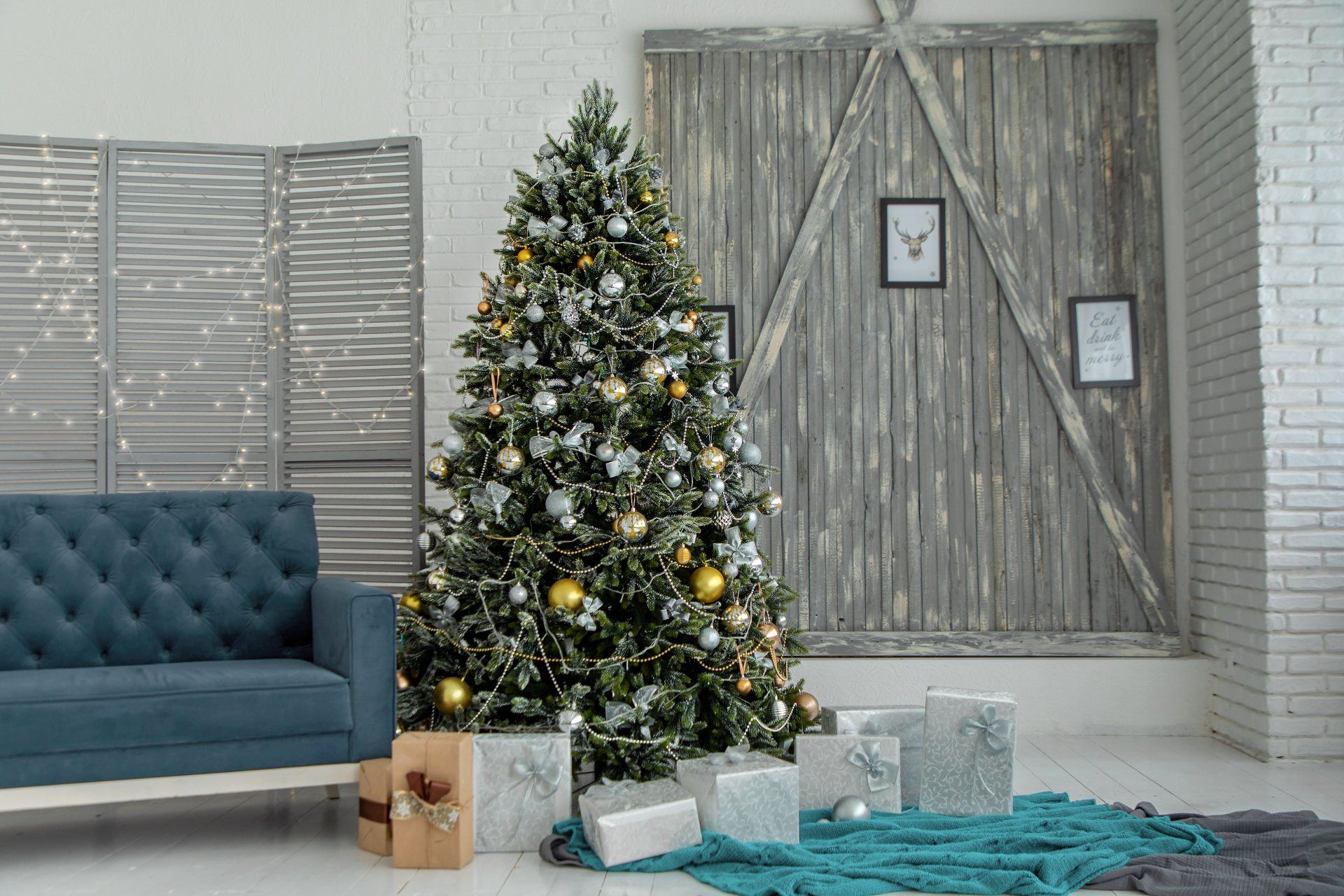Kid-Friendly Organisation
How to Create Spaces Your Kids Will Love to Keep Tidy

Organising a home with kids can feel like an endless challenge. Toys, clothes, and school supplies seem to multiply overnight! But with a few simple strategies, you can create kid-friendly systems that not only help reduce clutter but also teach your children the importance of responsibility and order. Let’s explore how to set up spaces that make organising fun and easy for the whole family.
1. Keep It Simple and Accessible
Kids are more likely to clean up and stay organised if the process is simple. Use clear, easy-to-open storage bins at a height they can reach. Label bins with pictures or colours for younger kids who aren’t yet reading, and words for older kids. Make sure that any storage system you create is intuitive for them to follow.
Tip: Store frequently used items at kid-level so they can easily grab and put them away without help.
2. Create Defined Spaces for Play and Learning
Having designated spaces for activities helps contain the mess. Create a clear separation between areas for playing, crafting, and doing homework. This way, kids know exactly where things belong, making it easier for them to tidy up.
A small bookshelf for toys and a desk area for schoolwork helps kids mentally and physically switch between play and learning time.
3. Rotate Toys to Avoid Overwhelm
If your child has a lot of toys, consider a toy rotation system. Store some toys out of sight and switch them out every few weeks. This keeps things fresh for your child and makes clean-up less daunting with fewer items out at once.
Fewer toys available at a time encourages creativity as kids focus on making the most of what they have.
4. Make Clean-Up a Game
Turning clean-up time into a fun activity can motivate kids to participate. You could set a timer and see how fast they can pick up toys, or create a reward system for keeping their space tidy. Positive reinforcement and making it a team effort can go a long way!
A simple 10 minute tidy is as easy as setting a timer for 10 minutes and tidying as much as you can before the timer goes off.
5. Organise with Colour Coding
Use colour to your advantage by assigning specific colours to different kinds or categories. For example, one child might have blue bins for toys, while another has red. Or you could colour-code school supplies – green for arts and crafts, yellow for homework supplies, etc. This makes it easier for children to know where their belongings should go.
Colour coding can also extend to chores. Use coloured cards or stickers for age-appropriate tasks, helping them identify their responsibilities.
6. Create a Drop Zone for School Gear
A designated “drop zone” by the door can help manage school clutter like backpacks, shoes, and jackets. Set up hooks or cubbies for each child where they can hang their things when they come home. This not only helps keep the entryway tidy but also makes mornings smoother since everything is in one place.
7. Involve Kids in the Process
Kids are more likely to follow an organising system if they’ve had a hand in creating it. Let them help pick out storage solutions or decide how they want to arrange their toys. This gives them ownership of the system and makes it feel less like a chore.
Ask your child what they think would make clean-up easier. They might surprise you with creative ideas that work for them!
8. Keep It Flexible and Fun
As your kids grow, their needs and interests will change. Be prepared to adjust your organising systems over time. What works for a toddler’s toy collection might not work for a school-aged child’s hobbies and activities.
Transition from open toy bins to drawers or shelves as kids grow and their storage needs change.
Organising with kids doesn’t have to be a constant battle. By creating simple, accessible, and fun systems, you can teach them how to stay organised while reducing clutter in your home. With a little creativity and flexibility, your kids can learn the value of tidying up – and might even enjoy it!
Ready to work with Serene Home Professional Organising?
Let's connect! We’re here to help.
Send us a message and we’ll be in touch.
Or give us a call today at 0480079615
Agency Contact Form
We will get back to you as soon as possible
Please try again later

Contact us
Business Hours
- Mon - Fri
- -
- Sat - Sun
- Closed
Menu
All Rights Reserved | TERMS & CONDITIONS | PRIVACY POLICY | DISCLAIMER







